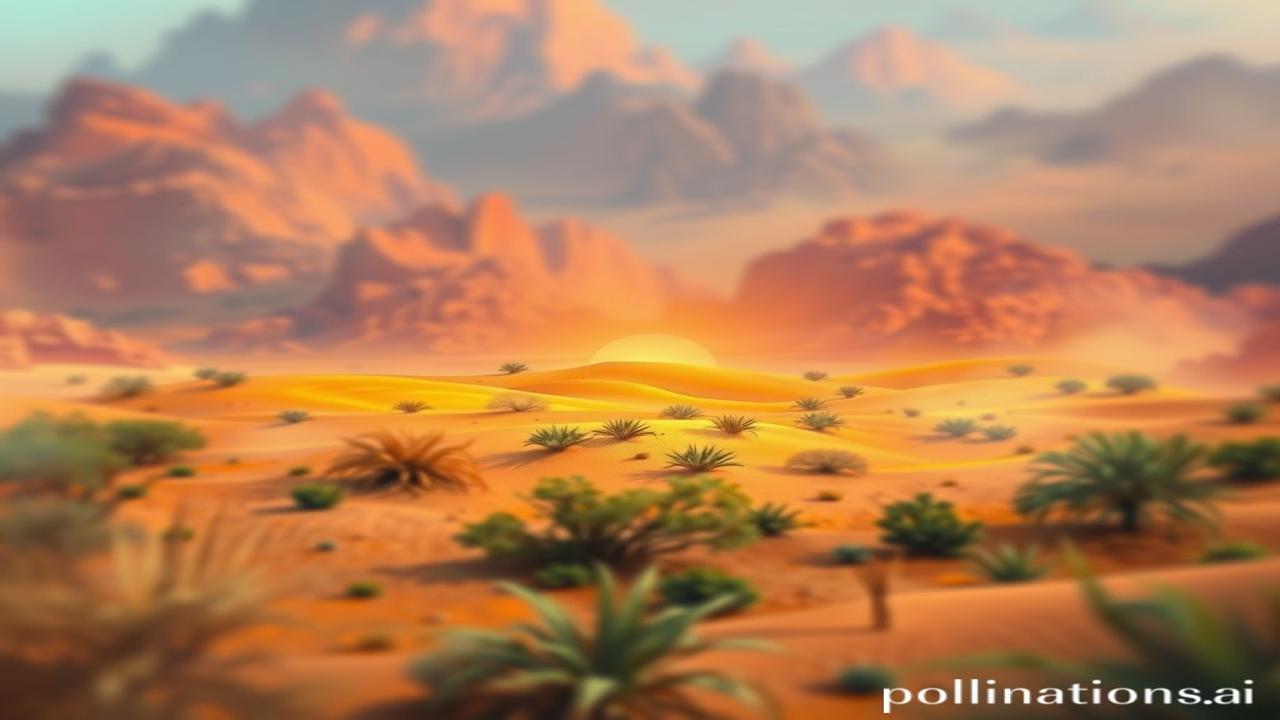Okay, let’s delve into the heart of India’s sun-kissed landscapes, where life thrives against all odds. Prepare to journey through the captivating Desert Ecosystems of India, a story etched in sand, resilience, and a touch of magic.
Ret ki Dastaan: Unveiling India’s Desert Gems
Kabhi aankhen band karke imagine karo… Garmiyon ki दोपहर, jab dhoop bilkul teekhi hoti hai, aur ret hawa mein udti hai, ek dhundhla sa parda banati hui. This isn’t just empty space; this is a living, breathing ecosystem, full of secrets whispered on the wind. Hum aaj, inhi registaanon ki kahani sunenge, the Desert Ecosystems of India.
The Thar and Beyond: Mapping India’s Arid Wonders
India isn’t just about the Himalayas or the lush green coasts. Humare paas registaan bhi hain, aur woh bhi bohat khaas. Primarily, we’re talking about the Thar Desert, also known as the Great Indian Desert, sprawling across Rajasthan, parts of Haryana, Punjab, and even reaching into Gujarat. But there are also smaller, lesser-known arid and semi-arid regions in other parts of the country, contributing to India’s diverse range of desert habitats. Think of the rain shadow regions of the Deccan Plateau, or the cold deserts of Ladakh. These are all unique ecosystems adapted to extremely low rainfall and harsh conditions.
When did all this come about? Well, the Thar Desert has been shaping up over millennia. The drying trend started thousands of years ago, influenced by climate changes and geological shifts. Historians believe that the ancient Indus Valley Civilization, flourishing around 2500 BCE, actually existed in a region that was significantly wetter than the Thar is today. Imagine that – a fertile land gradually transforming into a desert!
Why is it important? These deserts, despite their harshness, are hotspots of biodiversity. They are home to unique flora and fauna, many of which are found nowhere else on Earth. Plus, they play a vital role in regulating the regional climate and water cycles. Yeh ecosystem sirf ret aur kaante nahi hai; it’s a complex web of life.
Jeevan Sangharsh: Life in the Land of Thirst
Imagine being a Rajasthani farmer, generations tied to this land. You wake up before sunrise, the cool desert air a welcome relief from the scorching heat to come. You tend to your bajra and guar, crops that can survive on minimal water. You rely on traditional water harvesting techniques like tankas (underground tanks) and baoris (stepwells) – ingenious solutions developed over centuries.
A Day in the Life:
- Early Morning: Women fetching water from the distant baori, their colorful ghagras a vibrant contrast against the monochrome landscape. The sound of ghantis (bells) from nearby camels carrying goods.
- Midday: The relentless sun beating down. Finding shade under a khejri tree, the lifeline of the desert providing fodder, fuel, and shade.
- Evening: Storytelling around a flickering fire, tales of brave Rajput warriors and ancient folklore. The haunting melodies of Rajasthani folk music filling the air.
Rulers, Artisans, and Warriors: The history of the Thar is intertwined with the stories of Rajput kings who fiercely defended their territories, of artisans who crafted intricate textiles and pottery using locally sourced materials, and of communities who developed sustainable ways of living in this challenging environment. Maan Singh, a Rajput warrior, famously said, “Registaan humara ghar hai, aur hum ise bachayenge.”
Dharaohar Aur Pehchan: Desert Echoes in Modern India
The desert’s influence is woven into the fabric of modern India. You see it in:
- Architecture: The use of jharokhas (ornate windows) and courtyards to maximize ventilation and minimize heat gain. Think of the majestic forts of Jodhpur and Jaisalmer.
- Textiles: The vibrant bandhani (tie-dye) and leheriya (wave pattern) textiles, reflecting the colors of the desert landscape.
- Cuisine: The use of ingredients like ker sangri (desert beans and berries) and bajra in traditional Rajasthani dishes.
This Bharatiyata is deeply rooted in the resilience and resourcefulness of the people who have called the desert home for generations. It’s a testament to human adaptability and the enduring spirit of India.
Fun Fact: The Great Indian Bustard – A Desert Icon in Peril
Log aksar sochte hain ki registaan mein sirf saanp aur bichchu rehte hain. Lekin asli sach yeh hai ki yeh ecosystem kai prajaatiyon ka ghar hai, including the critically endangered Great Indian Bustard, one of the heaviest flying birds on Earth. Unfortunately, this magnificent bird is facing extinction due to habitat loss and hunting. Efforts are underway to protect this desert icon, reminding us of the fragility of this ecosystem.
Drishti Aur Bhavnaye: The Senses of the Sand
Imagine:
- Smell: The earthy fragrance of rain-soaked sand after a rare desert shower, mixed with the aroma of wood smoke from cooking fires.
- Touch: The gritty feel of sand between your toes, the rough bark of a khejri tree against your palm.
- Sound: The mournful cry of a desert fox, the rhythmic clang of a blacksmith’s hammer, the rustling of wind through the sand dunes.
- Sight: The endless expanse of golden sand dunes stretching towards the horizon, the vibrant colors of a Rajasthani woman’s odhani.
Antim Vichar: A Legacy in the Sand
The Desert Ecosystems of India are not just barren landscapes; they are vibrant ecosystems teeming with life and history. They are a testament to the resilience of nature and the ingenuity of humankind. They are a reminder that even in the harshest environments, life can thrive.
“Ret ki har ek boond mein chhupi hai ek kahani,
Suno toh sahi, yeh registaan bhi hai zindagani.”
